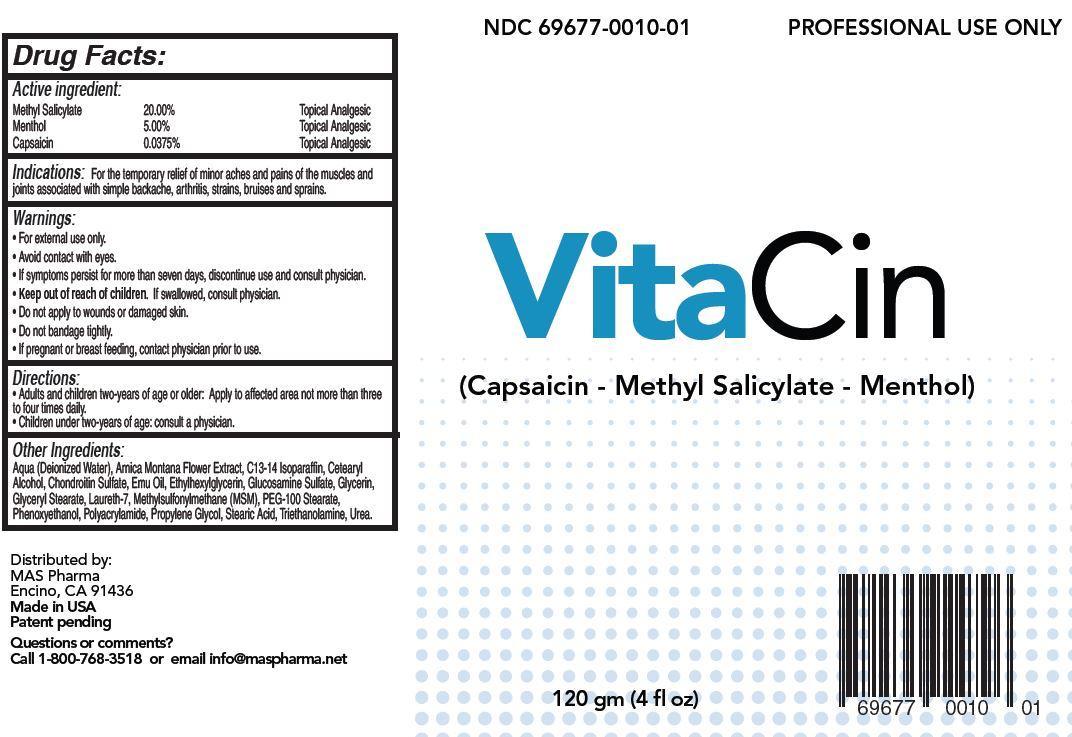


Other capsaicinoids present in capsicum include homocapsaicin, norhydrocapsaicin, dihydrocapsaicin, and homodihydrocapsaicin. 10 The characteristic flavor of capsaicin in aqueous solutions can be detected in concentrations as low as 1 part in 11 million. 9 It has been noted that the more tropical the climate in which the plant originates, the more pungent the fruit however, extremely pungent peppers can be grown in any climate. 8 The pungency appears to be related to the presence of a 4-hydroxy-3-methoxyphenyl substituent. 4 The structure of capsaicin (8-methyl-N-vanillyl-6-nonenamide) 4, 7 is similar to that of eugenol, the active principle in oil of cloves, which can also induce long-lasting local analgesia. Along with several closely related compounds, it is responsible for the pungency of the fruit. The major component of the oil is capsaicin (0.02%), a very pungent phenolic chemical. 4 ChemistryĬapsicum contains approximately 1.5% of the irritant oleoresin. 4, 5, 6 Over-the-counter products are marketed for relief of oral discomfort or toothache, external analgesia, as a digestive aid, in menstrual conditions, and in cosmetics as cleansers and bath products. 3Ĭombination homeopathic and natural preparations contain capsicum extracts, and capsicum is used in traditional Korean medicine. Peppers are among the most widely consumed spices in the world, with an average daily per capita consumption in some Southeast Asian countries approaching 5 g of red pepper, corresponding to approximately 50 mg of capsaicin. The plants derive their names from the Latin capsa (box), which refers to the partially hollow, box-like fruit.Ĭapsicum has been highly desired as a spice and has been cultivated in some form in almost every society. Related/similar drugs turmeric, Ginkgo Biloba HistoryĬapsicum was first described in the mid-1400s by a physician who accompanied Columbus to the West Indies. 1, 2 The capsicum fruit was probably termed a pepper because of the burning sensation similar to that of black and white pepper spices of the unripened fruit of the unrelated Piper nigrum. These fruits contain many flat, white seeds that are the primary source of the chili spice. Star-shaped, white flowers are located in the axils of the leaves, which later become the varied-colored peppers. The plant has straight, woody stems and can grow to approximately 3 m tall in tropical conditions. Taxonomical confusion exists in part due to extensive plant breeding. The genus Capsicum consists of many species and varieties the fruits can vary greatly in color, size, and shape.

Toxicity from long-term exposure to chili powder has not been found, and the use of defense sprays likewise has not resulted in reports of toxicity. Controversy exists regarding capsaicin's mutagenicity and tumorigenicity. Toxicity is evidenced in animal experiments in higher dosages. Allergies and cross-sensitization to other allergens have been reported. Topical, mucosal, and GI irritations are common. Studies in animals have shown both positive and negative effects. Safety and efficacy for dosages above those in foods are unproven and should be avoided. Generally recognized as safe (GRAS) when used as food. Topical capsaicin should not be applied to the face or injured skin. Clinical trials are lacking to guide dosage for other uses. Dosingįor external uses, capsaicin and capsicum creams are available in several strengths, from 0.025% to 0.075% capsaicin. Other studies have evaluated a role in weight loss, GI conditions, postoperative nausea, and rhinitis, although limited information for these uses is available. The component capsaicin is an irritant and analgesic used in self-defense sprays, and in a variety of conditions associated with pain. Many varieties are eaten as vegetables, condiments, and spices. Scientific Name(s): Capsicum annuum L., Capsicum frutescens L.Ĭommon Name(s): African chilies, Bell pepper, Capsicum, Cayenne pepper, Chile, Chili, Chilli, Chilli pepper, Green pepper, Jalapeno, Louisiana long pepper, Mexican chilies, Paprika, Pimiento, Red, Sweet peppers, Tabasco pepper, Thai peppers


 0 kommentar(er)
0 kommentar(er)
